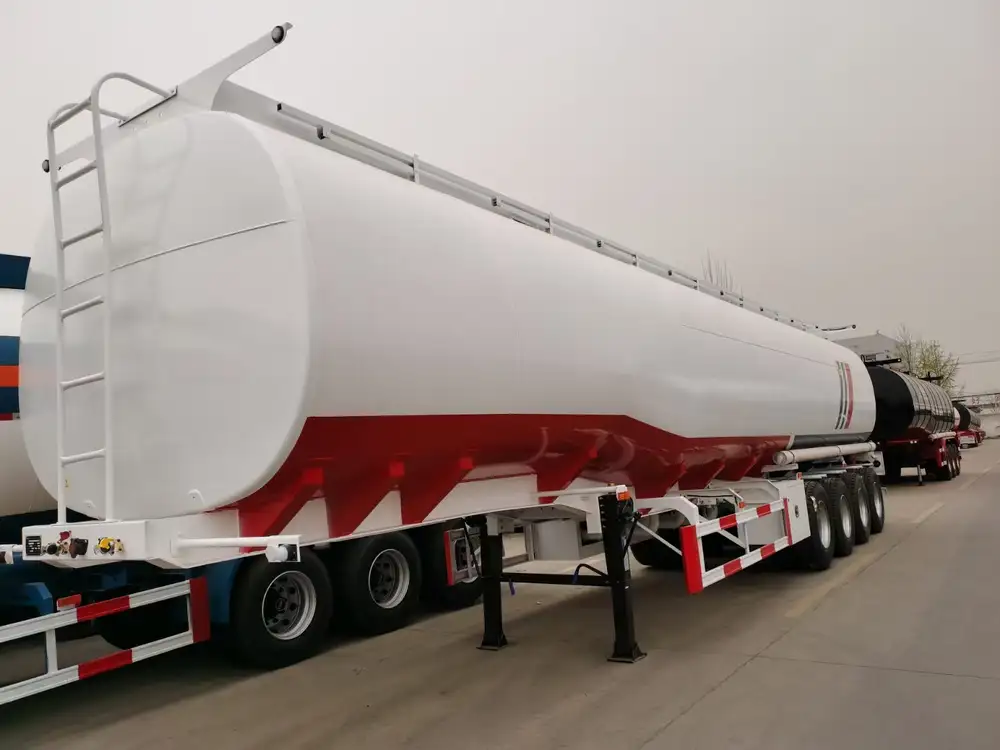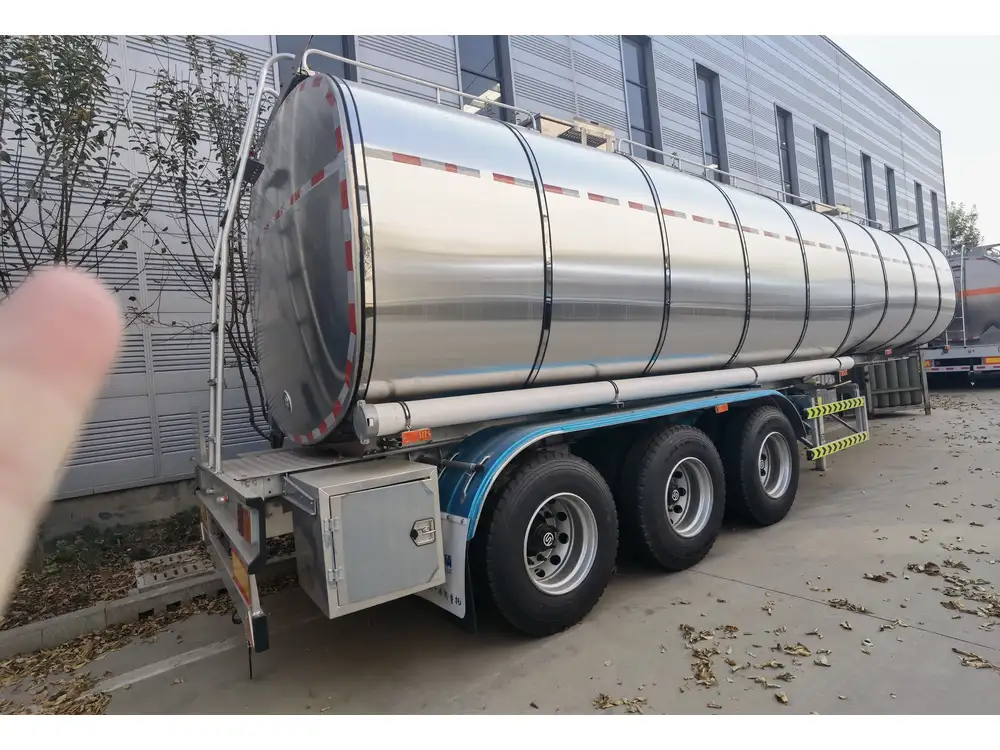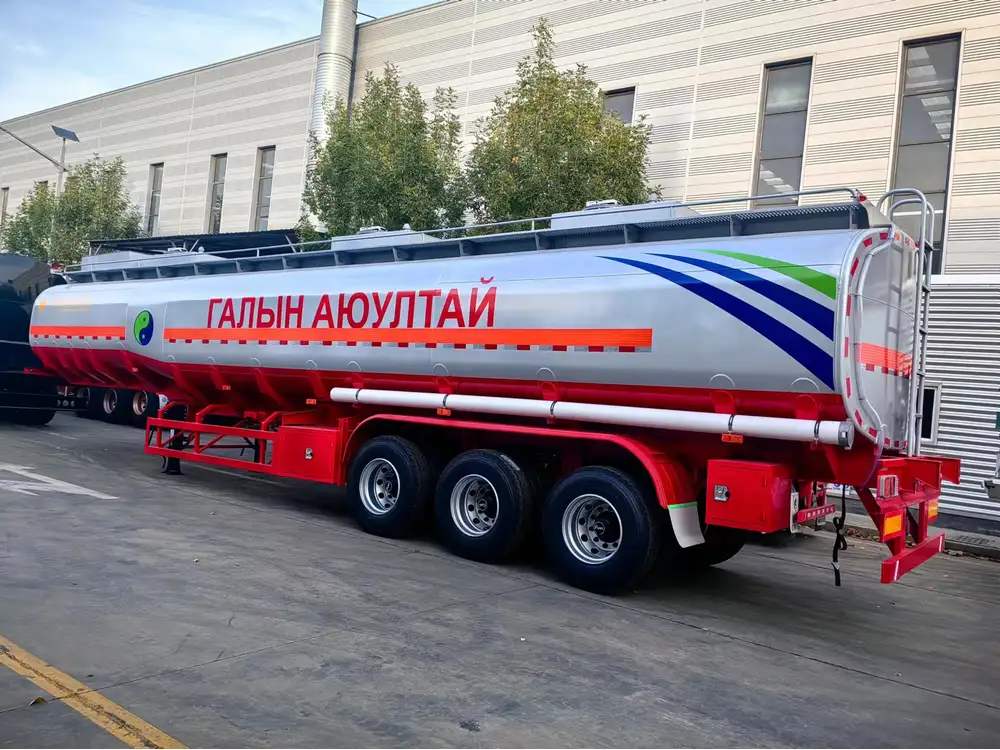When you’re navigating the vast landscapes of the Democratic Republic of the Congo, reliable fuel storage is not just a convenience; it’s a necessity. Whether you’re an adventurous soul trekking through remote locations or a business professional needing dependable fuel for your utility vehicle, investing in a gas tank that’s specifically designed for pickups can significantly enhance your efficiency and peace of mind. In this article, we explore the features, benefits, and types of gas tanks available for your pickup truck, ensuring you’re well-informed for your purchase.
Understanding the Importance of a Quality Gas Tank
1. The Role of Fuel Storage in Your Pickup’s Performance
A high-quality gas tank is crucial for the optimal performance of any pickup truck. Vehicles in the DRC often face rugged terrains and long distances between fuel stations, making it imperative to have a reliable storage solution.

Key Benefits of Installing a Dedicated Gas Tank:
- Extended Range: Increase the travel distance between pit stops.
- Operational Flexibility: Carry additional fuel for remote tasks or emergency situations.
- Cost Efficiency: Minimize frequent trips to fuel stations, particularly in isolated areas.
2. Factors to Consider When Selecting a Gas Tank
Choosing a gas tank isn’t merely about size and capacity. Various elements come into play, impacting both functionality and safety.
| Feature | Description |
|---|---|
| Material | High-quality metals (aluminum, steel) or durable plastics. |
| Capacity | Ranges from 20 to 100+ gallons; choose based on needs. |
| Installation | Compatibility with pickup model; ease of installation. |
| Safety Features | Spill-proof designs, locking caps to prevent leaks. |
| Brand Reputation | Trusted manufacturers like CarMax Vehicle. |
Exploring Different Types of Gas Tanks

1. Standard Gas Tanks
Standard tanks are typically made from robust materials, offering a range of capacities suited for daily use. They are ideal for pickups that primarily operate within well-connected areas.
2. Auxiliary Gas Tanks
For those who often venture off the beaten path, auxiliary gas tanks are a vital investment. These tanks allow you to double your fuel storage without compromising your vehicle’s cargo space.
- Benefits:
- Customizable Installation: Can be added to most pickup models.
- Enhanced Durability: Designed to withstand adventurous conditions.
3. Fuel Transfer Tanks
For commercial users, fuel transfer tanks serve a dual purpose—storage and dispensing. These tanks can come with powerful pumps for easy fuel delivery on job sites.

Applications:
- Construction sites
- Agricultural purposes
- Emergency services
The Benefits of Working with CarMax Vehicle
When it comes to selecting a gas tank for the back of your pickup, choosing a trusted manufacturer like CarMax Vehicle can ensure quality and reliability.
Why Choose CarMax Vehicle?
- Innovation & Technology: Advanced manufacturing techniques and materials.
- Customization Options: Wide range of products tailored to specific customer needs.
- Robust Warranty: Confidence in the durability of products.
- Local Expertise: Understanding of local conditions and requirements in the DRC.

Installation and Maintenance
1. Installation Guidelines
Proper installation is key to maximizing the efficiency and safety of your gas tank. We recommend the following steps:
- Preparation: Gather the necessary tools: sockets, screws, brackets.
- Location: Identify the best position in your truck bed for stability.
- Mounting: Secure the tank with brackets to prevent movement during transit.
- Connections: For transfer tanks, ensure all pipes and pumps are properly connected.
2. Maintenance Tips
Regular maintenance of your gas tank is essential for preventing issues. Here are some best practices:
- Inspection: Periodically check for leaks, corrosion, or damage.
- Cleaning: Ensure the exterior and interior of the tank are clean and free of debris.
- Monitor Fuel Levels: Keep track of fuel quality to prevent contamination.

Comparing Costs and Options
When exploring options for a gas tank for the back of pickup trucks in the DRC, it’s essential to consider the value each tank provides versus its cost. Here’s a simplified table comparing various tanks and their features.
| Type of Gas Tank | Approximate Cost (USD) | Additional Features |
|---|---|---|
| Standard Gas Tank | $300 – $800 | Basic installation, various sizes |
| Auxiliary Gas Tank | $400 – $1,200 | Increased storage, rugged durability |
| Fuel Transfer Tank | $1,000 – $2,500 | Pump included, for commercial use |
User Experiences: Success Stories
1. Case Study: A Farmer’s Journey
A local farmer in the DRC added an auxiliary gas tank to his pickup. This enhancement allowed him to travel further into the remote areas for farming without the worry of running out of fuel. His productivity increased, leading to better yields and profits.

2. Case Study: An NGO’s Efficiency Boost
An NGO working in healthcare required frequent site visits in rural areas. By implementing a fuel transfer tank, their team could ensure consistent power for their vehicles, ultimately facilitating improved aid delivery across the region.
Conclusion
A gas tank for the back of your pickup is more than just an accessory; it’s an integral component that enhances performance, provides security, and ensures you can navigate the diverse terrains of the Democratic Republic of the Congo with confidence. Whether you choose a standard, auxiliary, or fuel transfer tank, remember that investing in quality is crucial.
With CarMax Vehicle, you’re guaranteed robust manufacturing, innovative designs, and a commitment to meeting the unique needs of our local customers. Make your next fuel tank purchase with us and experience the difference.
FAQs

1. What is the best type of gas tank for remote travel in the DRC?
Auxiliary gas tanks are ideal for remote travel, providing additional fuel capacity without reducing cargo space.
2. How do I ensure the safety of my gas tank?
Regularly inspect for leaks, use spill-proof designs, and ensure it is properly mounted to reduce movement.
3. Can I install a gas tank myself?
Yes, with the right tools and instructions, installation can be a DIY project, though professional help is recommended for complex setups.

4. What should I do if I notice a leak in my gas tank?
Immediately stop using the tank, drain any remaining fuel, and consult a professional for repair or replacement to avoid safety hazards.













Reviews
There are no reviews yet.